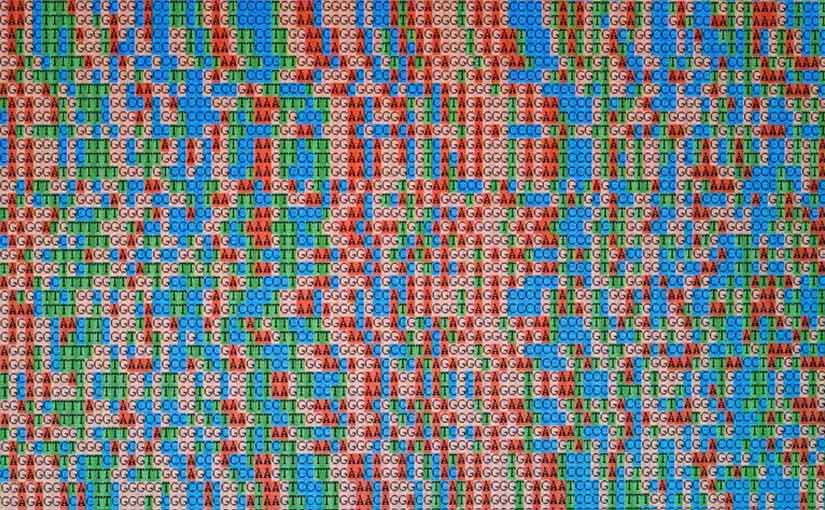The term overdiagnosis is not one most patients are familiar with and in medical circles is highly controversial.
There is some debate around a definition of the term. Professor Jenny Doust of Bond University has undertaken research in the area, she told us the definition she uses: “An overdiagnosis is when the diagnosis is correct according to current standards of diagnosis but where the patient does not benefit from that diagnosis.”
The concept is surprising in an age where there is a growing wealth of information about our health (and pretty much everything else.) However, even in medical terms there can sometimes be too much information.
The best way to illustrate this says Prof Doust, is the example of a slow growing cancer. In some patients, for example those at an advanced age, an ‘indolent’ (slow growing) cancer is not likely to cause significant harm or death. In these cases, it is judged by clinicians that the patient will most likely die of another cause before the cancer reaches a stage that is advanced enough to cause them harm. It is important to note that these types of cancers are not the sort of aggressive cancers that can run in families, so the diagnosis is not useful to the patient’s relatives either.
This could be classed as an overdiagnosis due to the harm then caused to patients as a result of the cancer diagnosis being made. The psychological impact combined with the pain, distress or side effects of any treatment is more harmful than beneficial.
Once a disease is identified, a clinician then has a duty to advise the patient and offer treatment options (including ‘watch and wait’). Any subsequent treatment could carry its own side effects, with their potential for distress and discomfort. For some patients, these side effects might have been avoided had the disease remained hidden and the patient better off overall.
So what contributes to overdiagnosis?
Prof Doust says “The rise in overdiagnosis is in large part driven by our belief that testing more means we know more and that we’ll find things early and that that will be beneficial – it isn’t always. In some cases a disease is very slow growing or the symptoms so mild that the disease would never have harmed the patient.
“However, there are cases where early detection via pathology testing has proven very effective. Now that we test for cholesterol regularly we are treating high cholesterol and preventing heart attacks. It’s all about balance.”
Pathology’s role is very important in managing this balance.
Firstly, standardisation of reference ranges and thresholds are important as these establish the point at which someone is classified as being sick and also the extent of the illness – for instance cancer staging.
The accuracy of testing is also vital. Australian standards of accuracy in pathology are world class and rely on all team members following procedure at every stage including collection, transportation, storage, preparation, testing, analysis and results delivery.
Thirdly, the interpretation of test results is highly important. This includes pathology professionals spending a significant chunk of the day on the phone advising doctors as well as notes on pathology reports to explain results, particularly when there are borderline or abnormal results.
Communication between pathology professionals and clinicians is vital to ensure tests are appropriately ordered and that results are well understood.
The development of genetic testing has led to us knowing more about our health and our disease risk and how this might impact our families.
Genetics can be difficult to understand, for patients and doctors, as research continually moves forward changing the landscape.
Prof Doust agrees that education about pathology testing, in particular genetic testing, benefits patients AND doctors.
“Genetics is difficult to get your head around, even for clinicians. We can now pick up disease, or the risk of disease, long before it occurs. This is creating new kinds of medical dilemmas that get more and more difficult. We have to be careful how we communicate, we are in danger of having a situation where no one is ‘normal’ any more, because of the different genetic mutations being discovered all the time.”
The point is that we are all different at a genetic level and having a mutation does not automatically mean you are at higher risk of a disease. In short, when it comes to the human genome, no one is normal.

